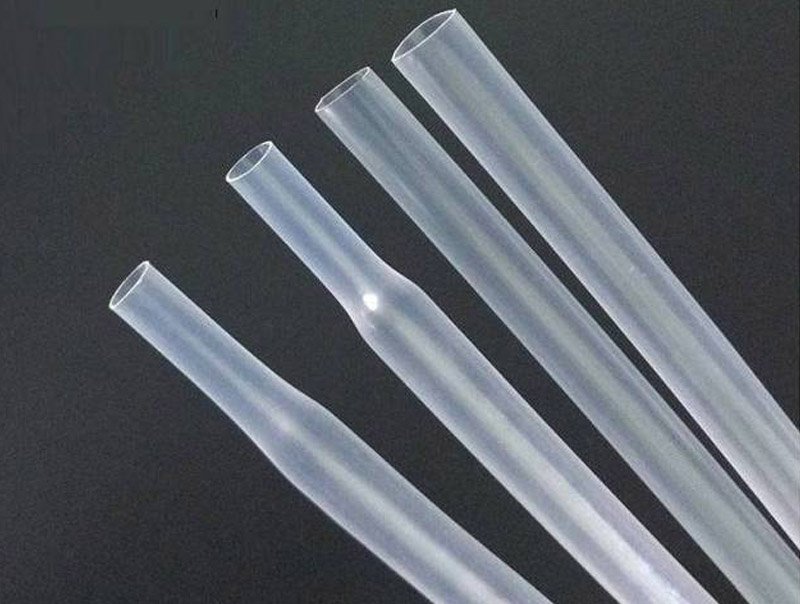INTRODUCTION TO FEP
FEP, The scientific name is fluorinated ethylene propylene copolymer, which is a modified copolymer of polytetrafluoroethylene (PTFE). It perfectly inherits the excellent chemical inertness and non adhesiveness of PTFE, while crucially introducing the characteristic of melt processability. It is often regarded as an economical alternative to PFA due to its high transparency and excellent cost-effectiveness, playing a key role in demanding but cost controlled applications.

